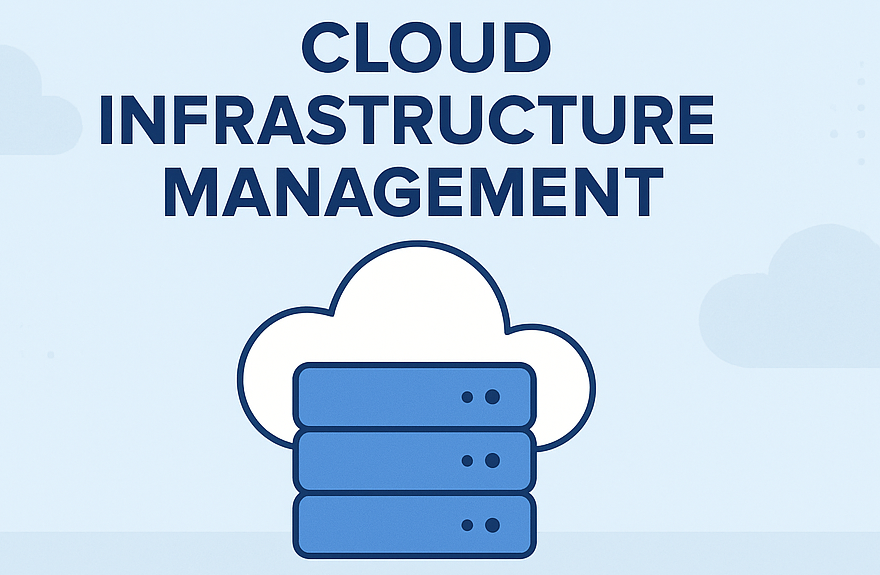Introduction
Amazon Simple Queue Service (SQS) is a fully managed message queuing service provided by Amazon Web Services (AWS). Moreover, it enables you to decouple the components of your cloud application and facilitates communication between them in a reliable and scalable manner.
What is SQS ?
Amazon SQS (Simple Queue Service) is a cloud-based messaging service designed to handle message queuing between software components, whether distributed across different environments or within a single application. SQS allows you to send, store, and receive messages at any scale, ensuring reliable delivery and maintaining a decoupled, fault-tolerant system.
How Amazon SQS works ?

Key Features of Amazon SQS
-
- Fully Managed Service: AWS handles infrastructure management tasks such as provisioning, scaling, and maintenance, allowing you to focus on building applications.
- Scalability: Automatically scales to handle any amount of message traffic, suitable for varying workloads from small-scale to enterprise-level systems.
- Reliability: The system redundantly stores messages across multiple servers and data centers, ensuring high availability and durability.
- Multiple Queue Types : Standard Queues: Best-effort ordering and at-least-once delivery, ideal for most applications where message order is not critical. FIFO Queues: Guarantees exactly-once processing and preserves message order, ideal for applications requiring strict ordering and deduplication.
- Flexible Message Size: Supports messages up to 256 KB, accommodating a wide range of data types, including text, JSON, and binary data.
- Dead Letter Queues (DLQs): Configurable to capture and analyze unprocessable messages, aiding in troubleshooting.
- Visibility Timeout: Temporarily hides messages from other consumers when a message is retrieved, preventing simultaneous processing by multiple consumers.
- Access Control: Integrates with AWS Identity and Access Management (IAM) for fine-grained access control, allowing you to restrict or grant permissions as needed.
- Message Retention: Allows you to specify a retention period for messages.The system automatically deletes unprocessed messages after the retention period.
Use Cases of Amazon SQS
-
- Decoupled Architecture: Developers commonly use SQS to decouple components of a distributed system, enabling independent development, scaling, and fault tolerance.
- Batch Processing: SQS supports batch processing tasks, treating messages as individual units of work for asynchronous processing
- Event-Driven Architecture: SQS supports event-driven architectures, triggering tasks or workflows in a scalable and fault-tolerant manner.
- Job Queues: SQS can act as a job queue, offloading resource-intensive tasks from your application servers for background processing.
- Asynchronous Communication: SQS facilitates asynchronous communication between microservices, enabling them to exchange messages without direct dependencies or tight coupling.
Conclusion
Amazon SQS is a reliable, scalable, and fully managed message queuing service that simplifies the development of distributed applications in the cloud. Furthermore, with its robust features and flexible use cases, SQS is a fundamental building block for building scalable and resilient architectures on AWS.
Also read our blog post on Amazon Simple Notification Service (SNS).
What’s next
We’re here to support you! Should you have any questions or need assistance, don’t hesitate to get in touch with us. Contact us at info@uranuscloudsolutions.com and we’ll be happy to help. Your satisfaction is our priorit


